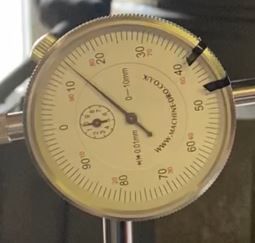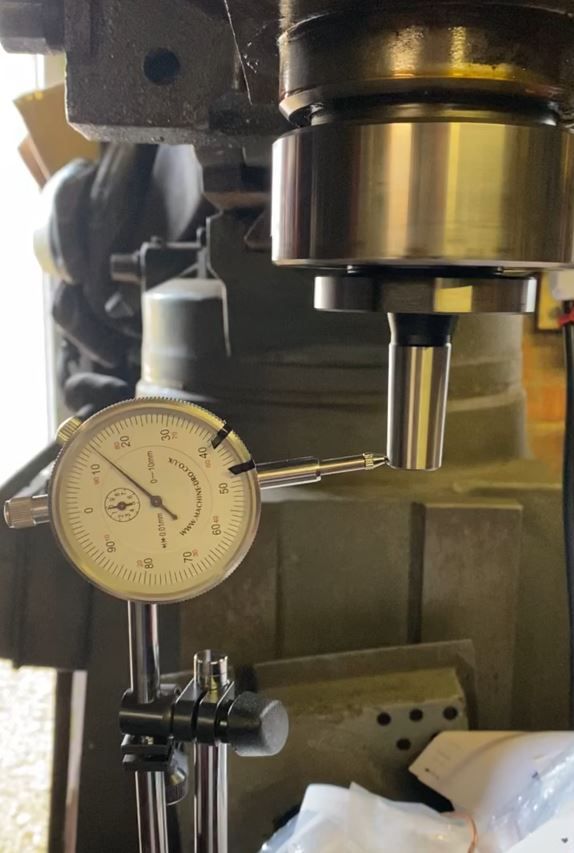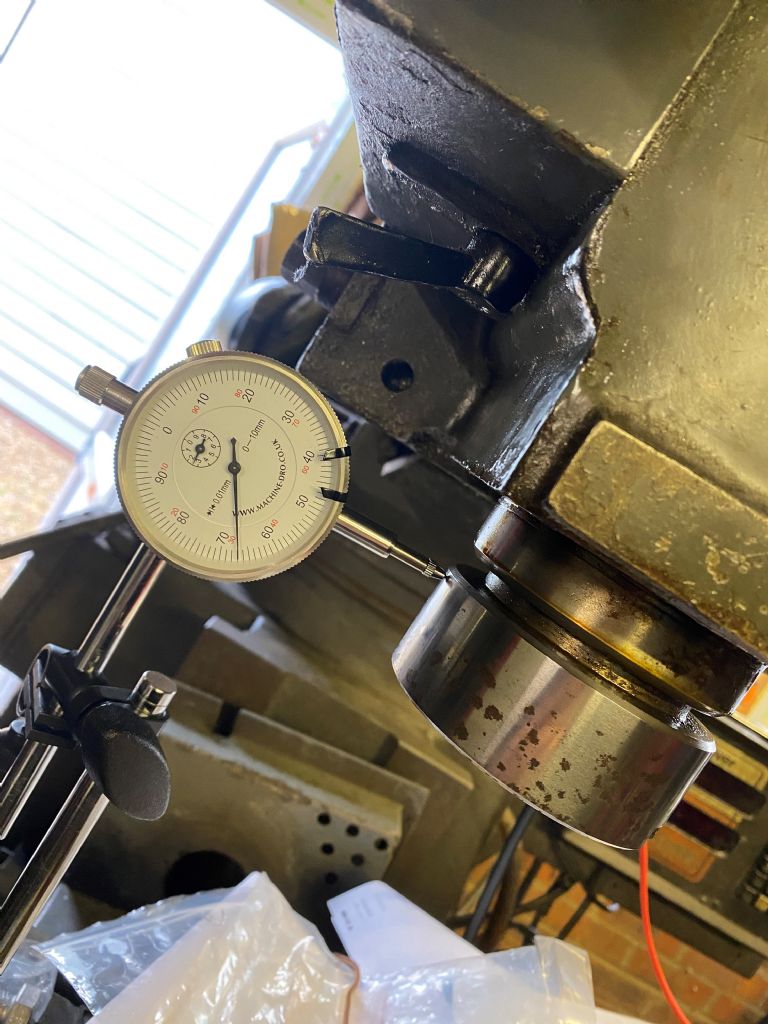Play in new arbour for mill
Play in new arbour for mill
- This topic has 30 replies, 15 voices, and was last updated 20 September 2023 at 08:46 by
 JasonB.
JasonB.
- Please log in to reply to this topic. Registering is free and easy using the links on the menu at the top of this page.
Latest Replies
Viewing 25 topics - 1 through 25 (of 25 total)
-
- Topic
- Voices
- Last Post
Viewing 25 topics - 1 through 25 (of 25 total)
Latest Issue
Newsletter Sign-up
Latest Replies
- Pragotron Slave Clock
- Twin Engineering’s heavy mill/drill quill removal
- New member
- Starrett and other tool manufacturer wood boxes
- M type top slide conversion??
- Boiler Design – issue 4765
- Colchester Chipmaster Clutch question
- Sanjay’s Banjo Engine
- In memoriam: Peter Neal
- Wickseed power hacksaw 8” information







